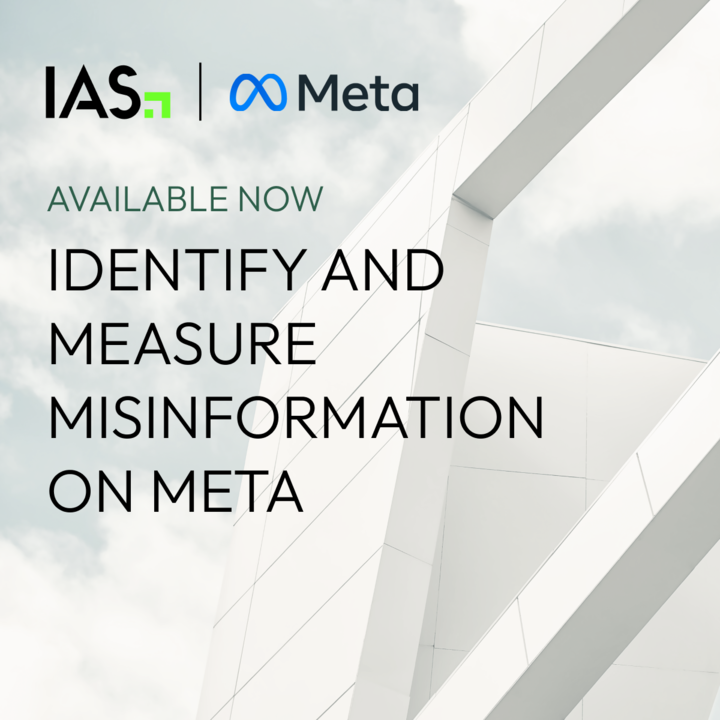IAB Canada hosted a webinar with the IAS team to discuss the Halo Effect Study. In the webinar Product Marketing Director at IAS, Rossmary Gil, explains the impact of ads viewed in high quality vs. low quality environments, concluding that high quality environments matter to consumers. In fact, according to the research, high quality environments have a positive impact on consumers against metrics like: favorability and memorability. Please find answers below to questions asked during the Q&A section of the webinar:
Fill out the form to watch the full webinar below.
How is the story changing year over year? Is it changing?
Brand suitability is truly becoming top of mind. Given the data creation explosion, I don’t think that is changing any time soon, especially given the continued consumer use of user generated and social environments. There’s a lot of opportunity here for both brands, publishers, third parties, and other platforms to work together harmoniously and for all of us to truly benefit from what the digital ecosystem provides.
Was there a reason why the Halo Effect study was conducted on mobile devices only?
Mobile devices already drive the fast growing amount of time consumers spend with digital media. Following the eyeballs, advertisers are increasingly spending their media budgets on mobile— with handheld devices taking the lion’s share of U.S. ad spending in 2019. In short, mobile is as prime as media consumption and ad spending get today. This research helps advertisers understand the impact of appearing next to content that may or may not suit their brand in what is likely the most consequential screen today.
How do you determine a high quality vs. low quality site?
Sites were selected based on IAS’s proprietary brand safety technology classification. Low quality consists of sites scored moderate brand risk. And our selection excluded explicit adult & violent content. High Quality consisted of sites scored low brand risk.
The research shows that 60% of consumers are likely to stop using a brand’s product that was displayed in a “bad environment”. Can you please expand on the methodology of how that was gathered?
This is self-reported and is in response to the question, “Would you stop using a brand or product if their ad appeared next to low quality or unsafe content?” This was asked of a sample of 500 Canadians, using Survey Monkey’s panel.

If memorability is linked to purchase intent, what does engagement indicate?
Engagement is an indicator of how involved people feel, and is generally triggered by material of personal relevance to the viewer. The Halo Effect study showed audiences on high quality sites were 20% more engaged than on low quality sites, offering advertisers the benefit of appearing in front of highly involved consumers. It is important to note the benefits of achieving high engagement levels are maximized when the impression is shown next to high quality content that elevates favorability and memorability levels.
What are the details of the Ripple Effect study?
IAS conducted an online survey. The Sample size was between 500-1000 consumers per market shown earlier. If you’d like to learn more, please be sure to download the Ripple Effect Report.
What can I do with the data/information from the Halo Effect and Ripple Effect studies?
The insight from these studies confirm the fact that context truly does matter to consumers. It’s not an opinion, but a scientific fact as showcased with the Halo Effect data and further confirmed with the Ripple Effect consumer perception study. Which means – for both publishers and advertisers alike – we advise knowing your brand safety numbers and where you stand. If you don’t know what it is, IAS is happy to work with you to provide those insights.
 Share on LinkedIn
Share on LinkedIn Share on X
Share on X


